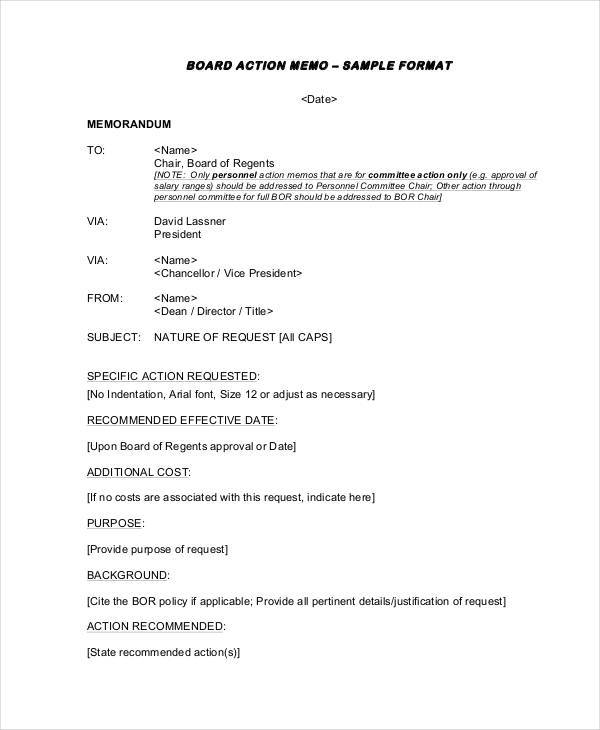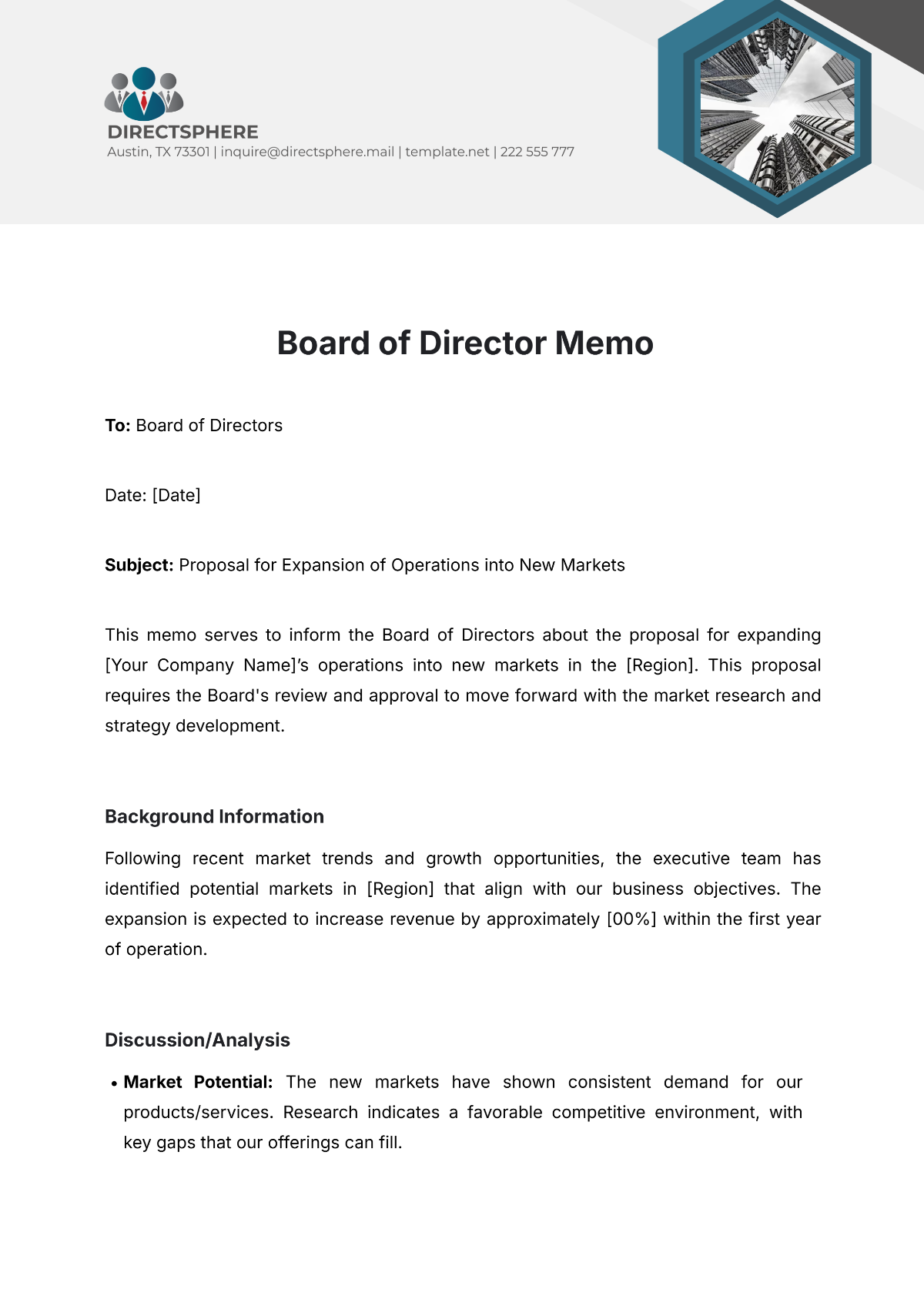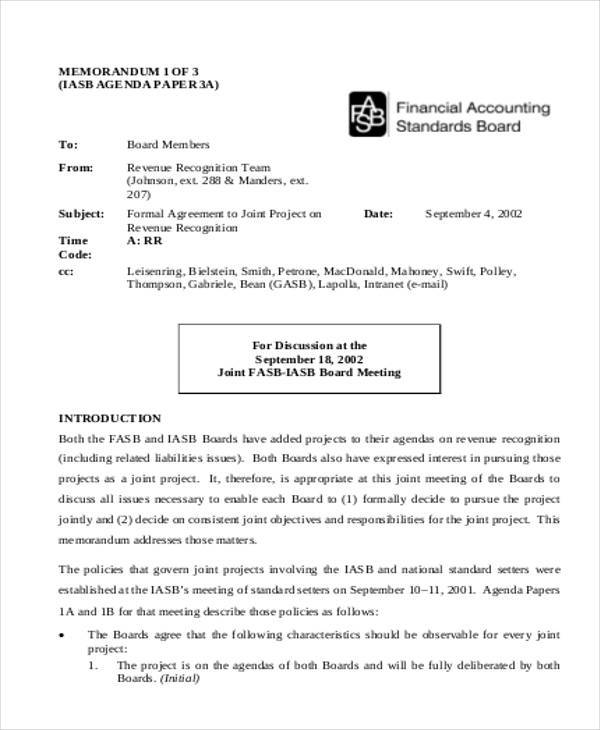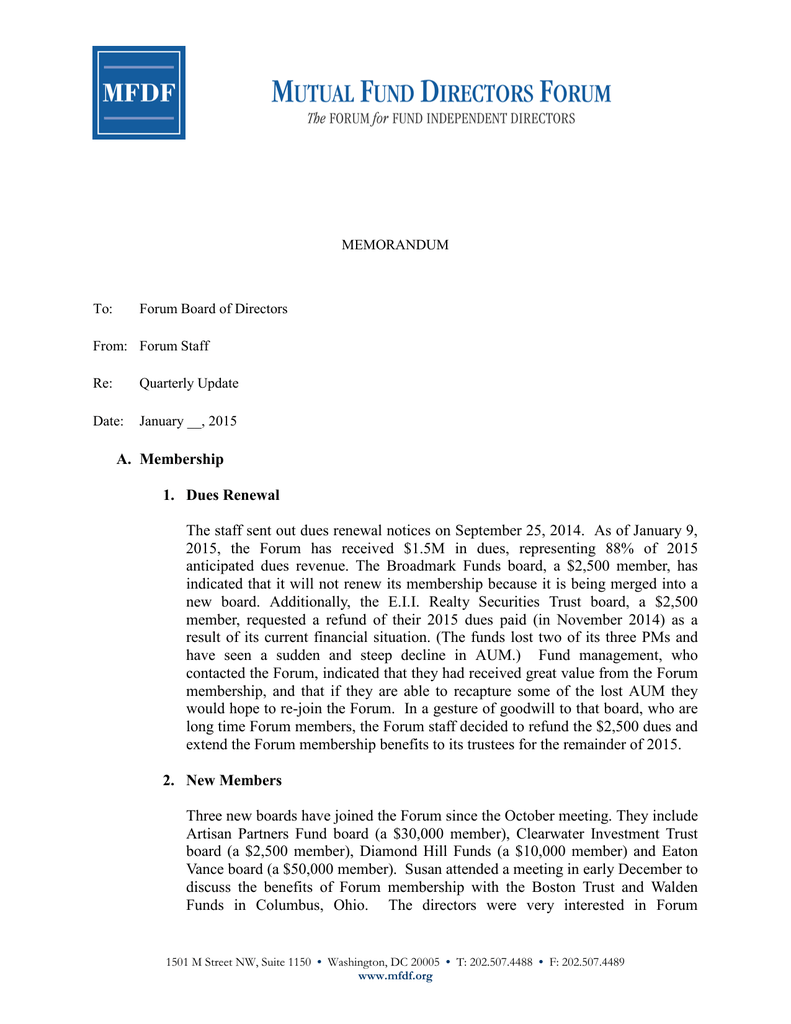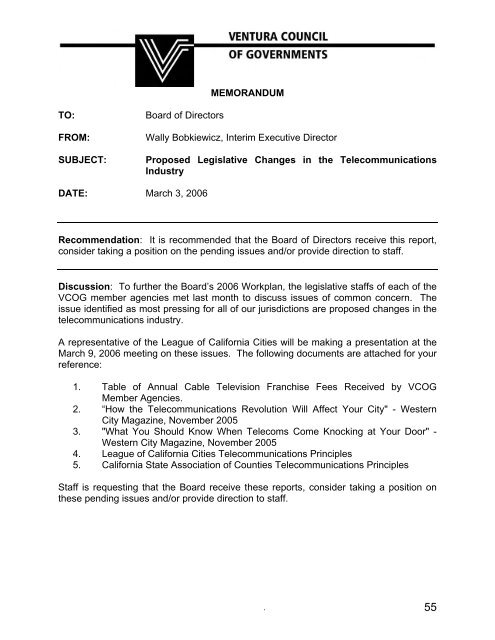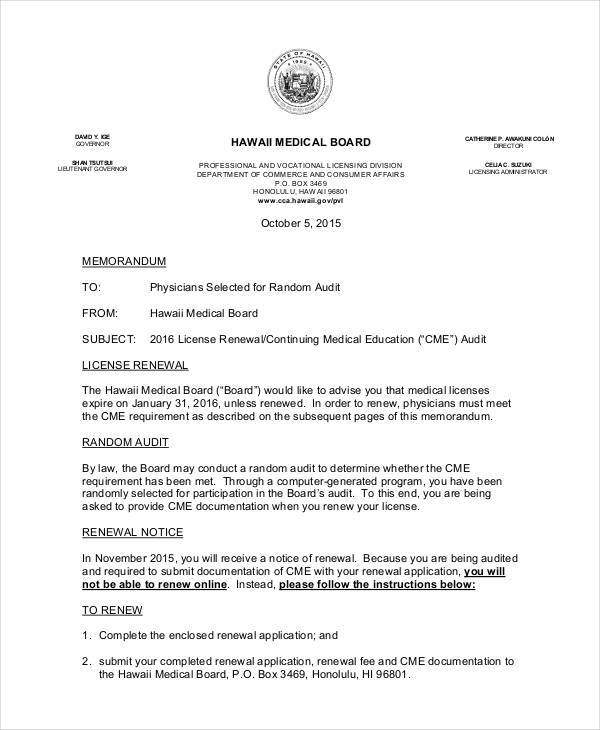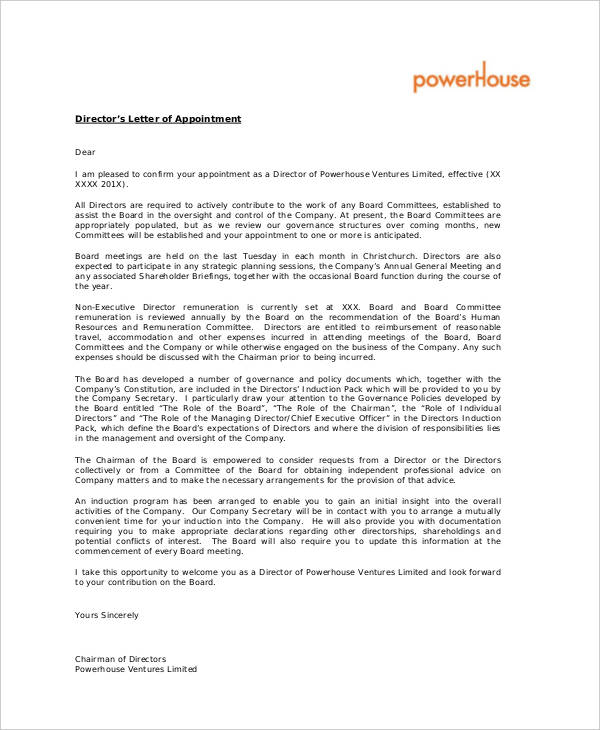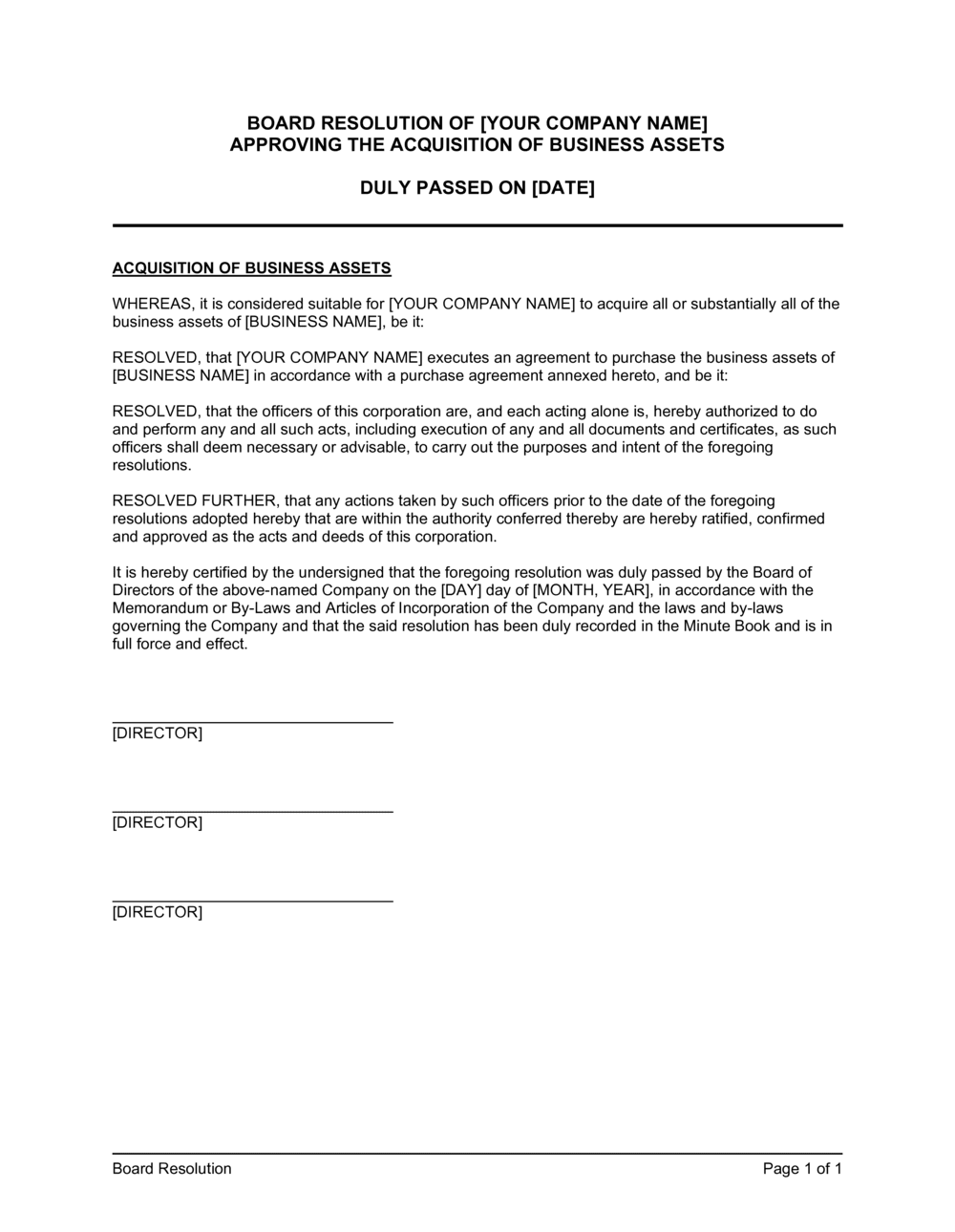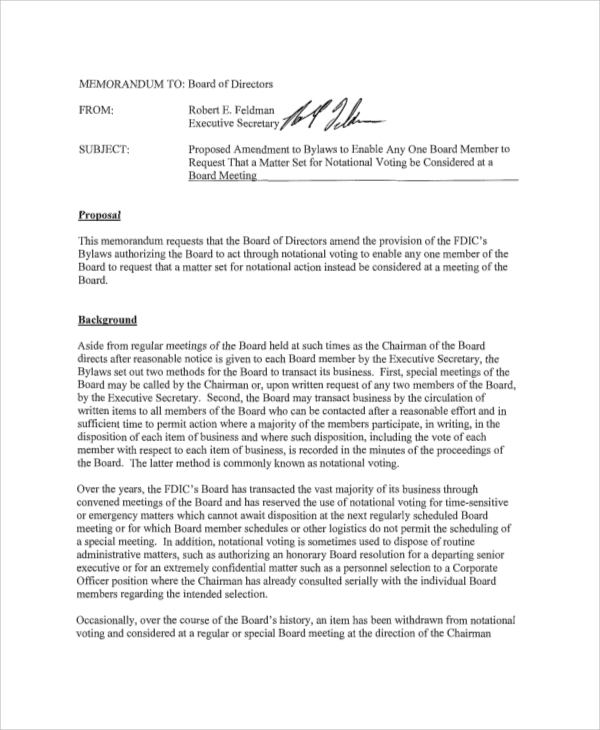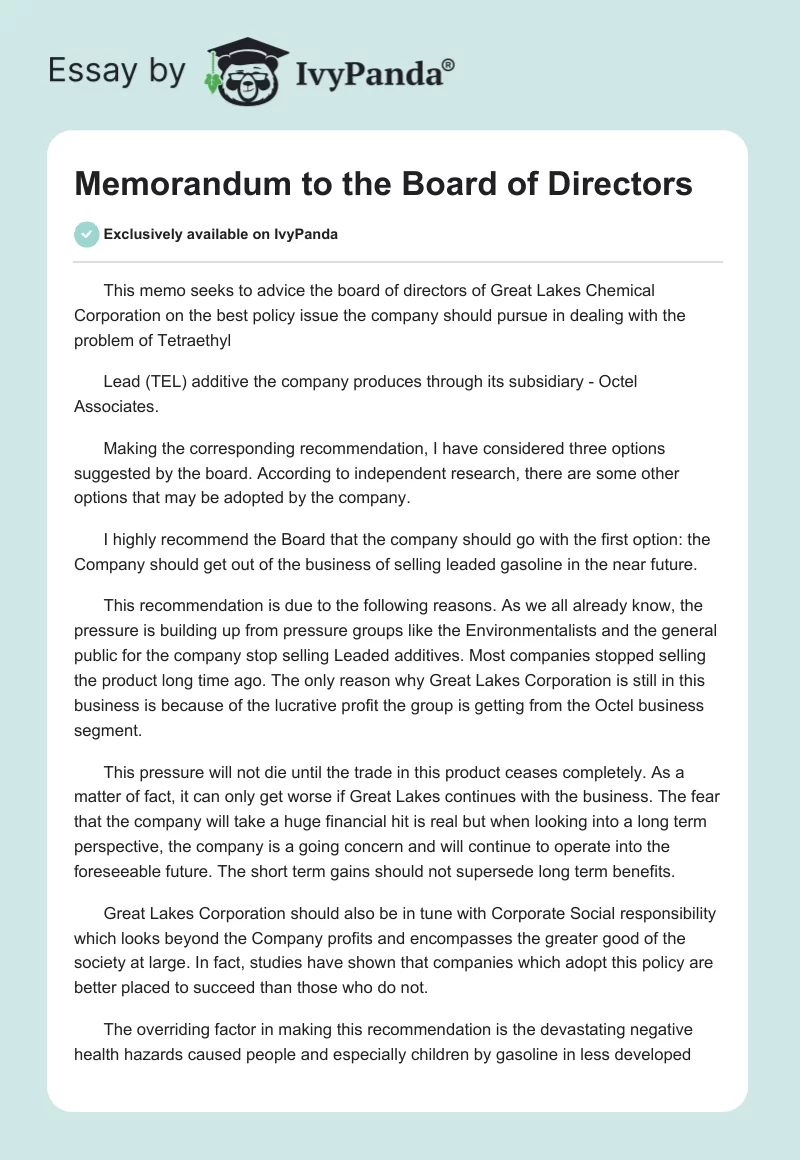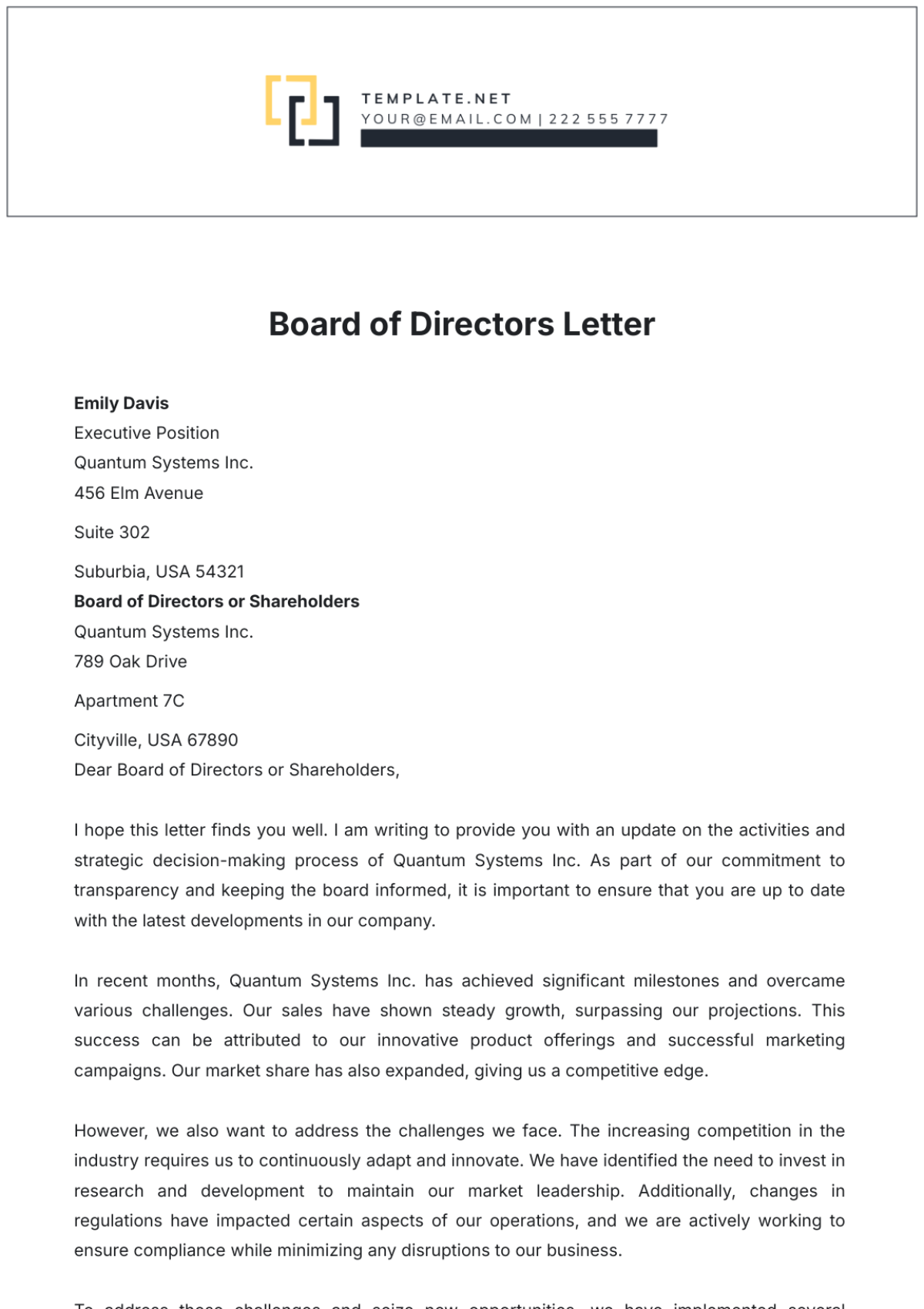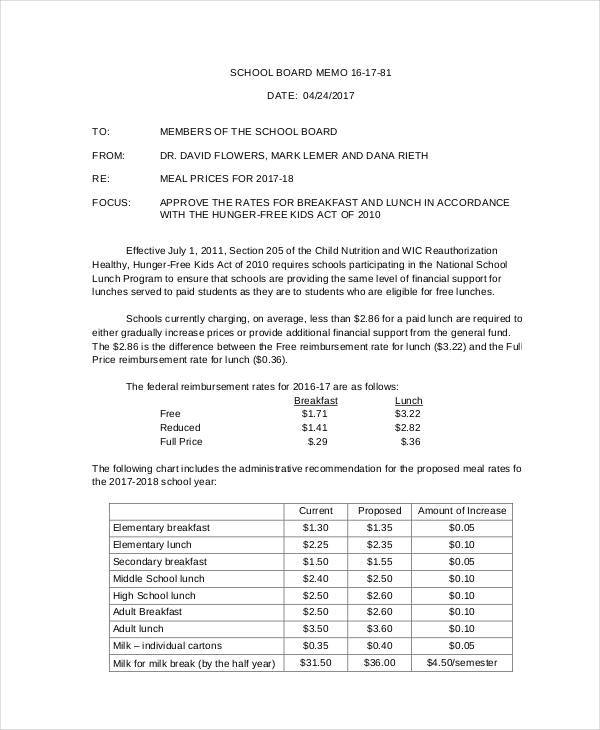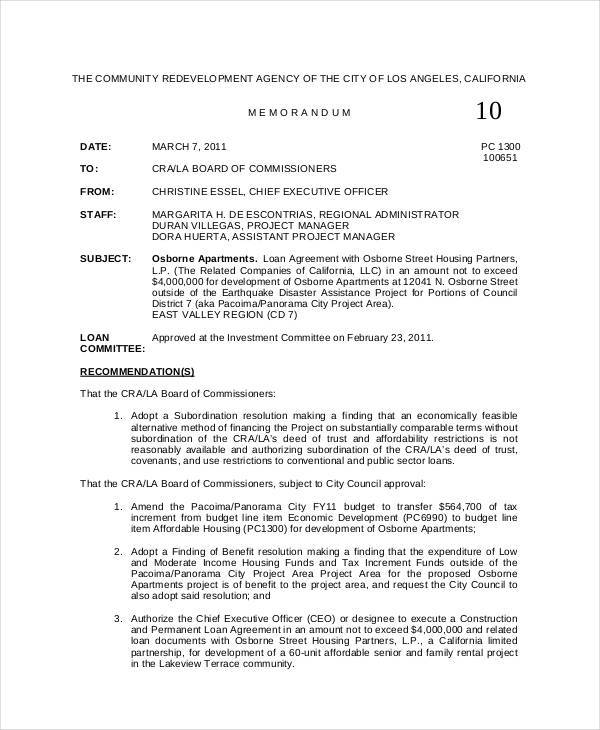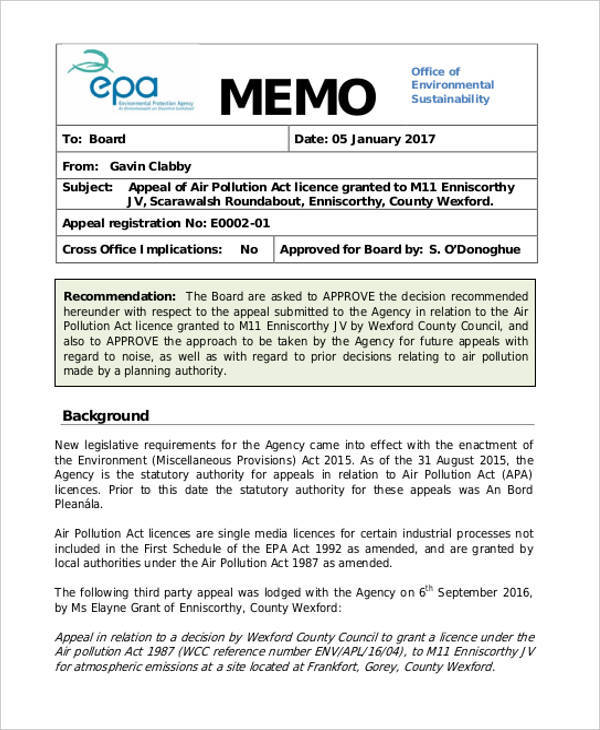How To Write A Memo To The Board Of Directors
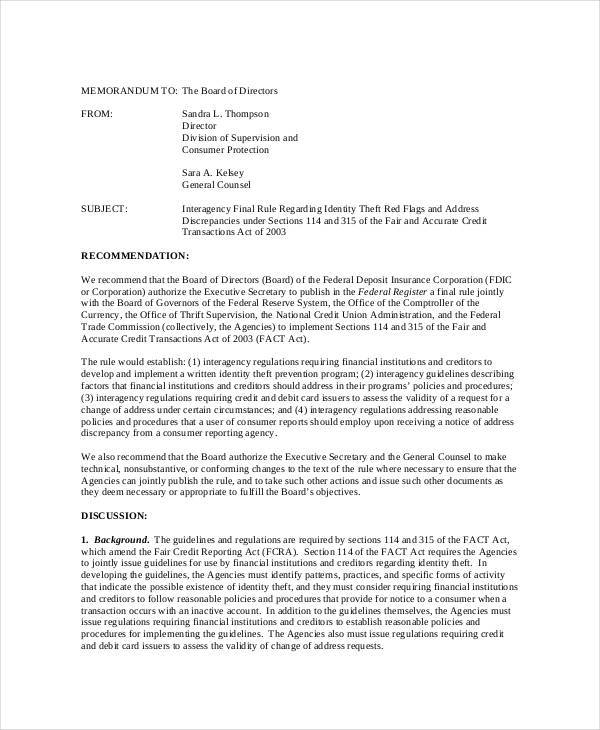
Board meetings are looming, and effective communication is paramount. Mastering the art of writing a concise and impactful memo can significantly influence decision-making at the highest levels of your organization.
This guide outlines the essential steps for crafting a board memo that commands attention, delivers crucial information, and facilitates productive discussions.
The Anatomy of an Effective Board Memo
Clarity and conciseness are your guiding principles. Every word should contribute to the overall message, avoiding jargon and ambiguity.
A well-structured memo ensures the board can quickly grasp the key issues and their implications.
1. Header Information: Setting the Stage
Begin with a clear header including: "To:" (Board of Directors), "From:" (Your Name/Department), "Date:" (Current Date), and "Subject:" (A concise description of the memo's purpose). This provides immediate context.
Ensure the subject line accurately reflects the memo's content, allowing board members to prioritize their reading.
2. Executive Summary: The Key Takeaway
Start with a brief executive summary, no more than a few sentences, outlining the main issue, your recommendation, and the expected outcome.
This allows busy board members to quickly understand the core message and decide how to allocate their time.
3. Background Information: Providing Context
Provide necessary background information to contextualize the issue, but avoid overwhelming the board with unnecessary details.
Focus on relevant historical data, previous decisions, and any factors influencing the current situation.
4. Analysis and Recommendation: Supporting Your Stance
Present a thorough analysis of the issue, supported by data and evidence. Clearly state your recommendation and provide a rationale for your position.
Include potential risks and benefits associated with your recommendation, demonstrating a comprehensive understanding of the situation.
Quantify your findings whenever possible, using metrics and data to strengthen your argument.
5. Financial Implications: Understanding the Costs
Clearly outline the financial implications of your recommendation, including projected costs, potential revenue, and return on investment (ROI).
Provide a clear and concise breakdown of the financial impact, allowing the board to assess the economic viability of your proposal.
6. Alternatives Considered: Demonstrating Due Diligence
Briefly discuss alternative solutions that were considered and explain why they were rejected. This demonstrates thoroughness and due diligence.
Address any potential concerns or criticisms of your recommendation by acknowledging alternative viewpoints.
7. Call to Action: What You Need From the Board
End the memo with a clear call to action, specifying what you need from the board (e.g., approval, feedback, further discussion).
State the desired outcome and the timeframe for action, ensuring clarity and accountability.
8. Attachments: Supporting Documentation
Include relevant attachments to provide additional context and supporting documentation, but keep the main memo concise and focused.
Clearly label each attachment and reference them within the memo's body.
Formatting and Style Tips
Use a professional and easy-to-read font (e.g., Arial, Times New Roman) with adequate spacing.
Proofread carefully for errors in grammar and spelling. A polished memo reflects attention to detail and professionalism.
Keep the memo as brief as possible, ideally no more than two pages. Respect the board's time and prioritize clarity.
Beyond the Memo: Preparation is Key
Be prepared to answer questions and defend your recommendation during the board meeting. Thoroughly research the issue and anticipate potential concerns.
Rehearse your presentation and be ready to provide additional information if requested.
The board's response will dictate the next course of action. Be prepared to implement their decisions and provide regular updates on progress.
